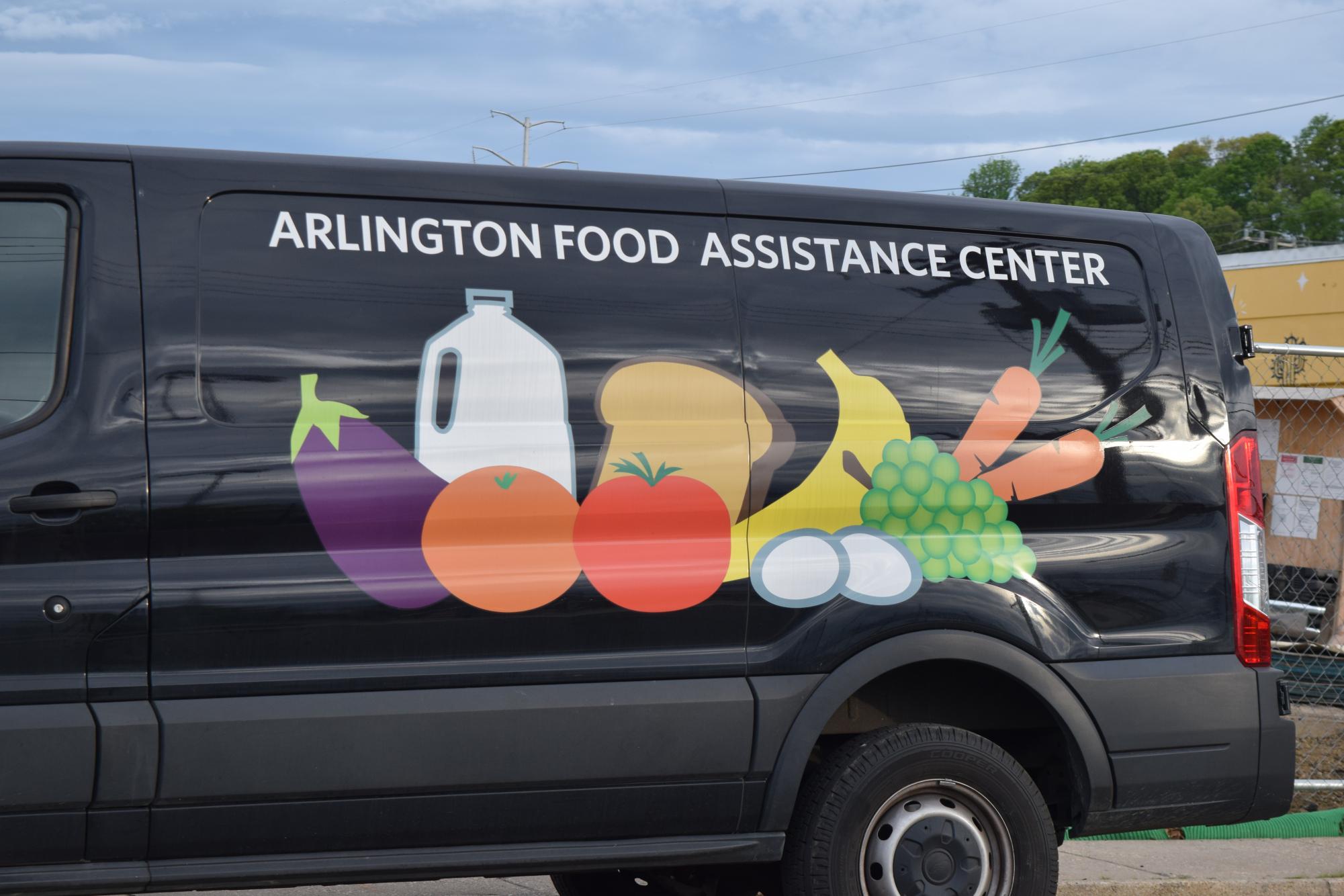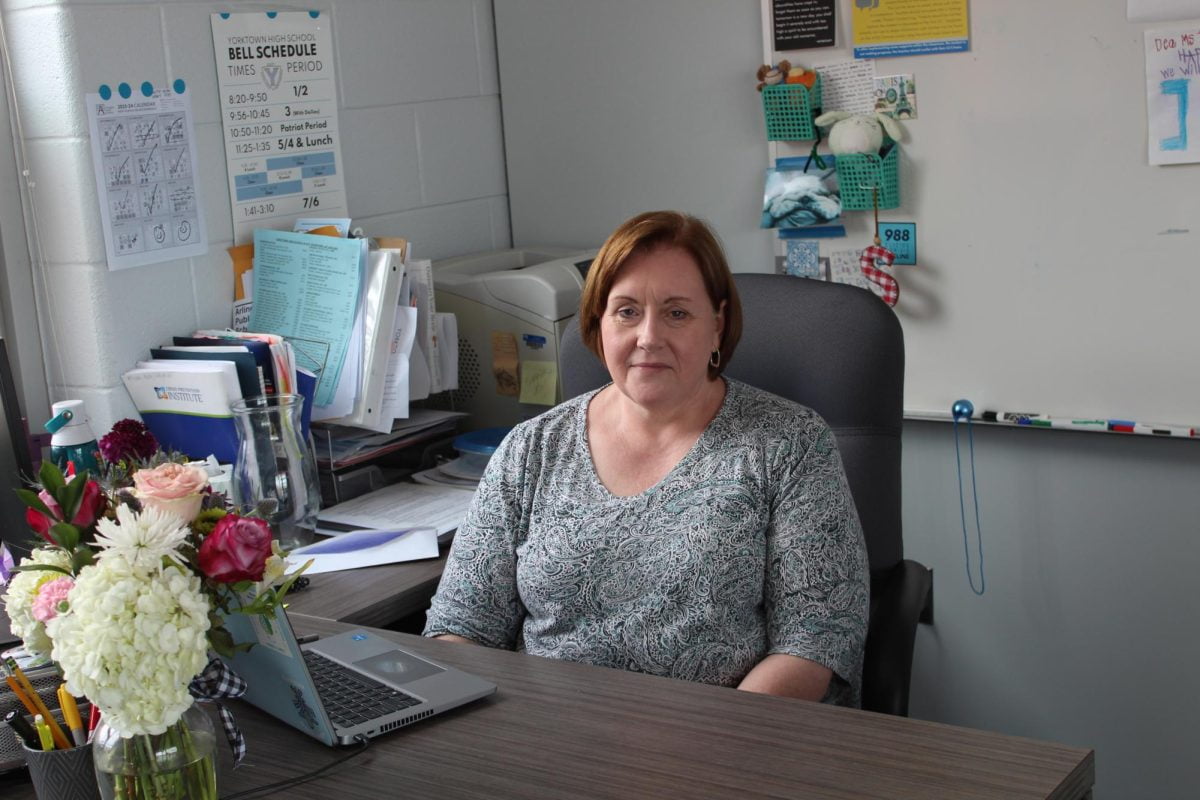In Arlington County there are 30,000 people living on less than $42,690 a year. This figure is a mere 30 percent of the Average Median Income (AMI) for a household in Arlington. This group makes up 10 percent of Arlington’s population and, as cost of living continues to surge in Arlington, the number of people living below the extreme poverty line only expects to grow. Those living in extreme poverty in Arlington struggle to find affordable housing, food, and childcare. Arlington County non-profits like the Arlington Food Assistance Center (AFAC) work tirelessly to provide basic necessities to people in need. AFAC specializes in providing food for low income families and individuals.
“Three years ago we served 108,000 [visits for food] in 2022. Last year in 2023 that number went up to 141,000. Right now, we have already served close to 138,000 and we still have three more months left to go. So by the end of this year we will serve 180,000 families,” AFAC CEO Charles Meng said.
Many factors contribute to the growing rate of food insecurity, but the main reason Meng argues is food prices continue to increase, while the people in need of food their wages are not growing at the same rate.
“You know when you are looking at a family who’s making under $40,000 a year. Many of these families are taking a 20-30 percent drop in the value of their dollar … They don’t get regular cost of living increases every year like other people do. So it’s going to take not just one year to come back, but two, three or four years to come back. So we’re looking at the potential of serving record numbers of people for three years,” Meng said.
As AFAC’s numbers continue to grow they have to raise more money and find more food donations. They receive no funding from the federal or state level and this year only seven percent of their total budget will be funded by Arlington County.
“Our total budget for the year is $10 million. We get $706,000 from the county. We need to raise the rest of the money and find 1.5 million pounds valued at another $2.5 million. We also have to raise $5 million in cash. Along with the 2200 volunteers who give us 45,000 hours of volunteer time. The most volunteer time of any organization in Arlington which is also valued at another $2.5 million,” Meng said.
Getting involved at AFAC is particularly easy. Through their website you can fill out an application, and receive access to their calendar. From there you can see volunteer opportunities in the food distribution centers, as food delivery drivers and warehouse workers. Giving back to your community is a civic duty and AFAC relies on volunteers for food collection and distribution.
“Well it’s the simplest way to give back to our community. Volunteering is a responsibility, I think particularly in wealthier communities like ours, to help others in our community who are in need … Every volunteer is contributing to the welfare of the lowest income folks. And I think that is an obligation for all of us, as human beings, to give back and to make this world a little bit better,” Meng said.
Despite the seemingly large number of volunteers, AFAC still struggles to find volunteers at certain times. Especially since there are many non-english speakers that receive food from AFAC’s distribution centers.
“I love to have volunteers who are available during the daytime shift and can speak Spanish. Also we could use some volunteers that are younger to do the warehouse tasks, because, although I love my retired volunteers, they are not always up to carrying 50-pound-bags of rice,” AFAC Director of Volunteer Services Danielle Rampton said.
AFAC runs many programs and days meant for teenagers to get more involved in the community.
“We have set aside times just for teenagers, like spring and winter breaks. We’ll put aside those times and say, this is an afternoon dedicated to highschoolers,” Rampton said.
AFAC has become increasingly important in the Arlington community when it comes to providing meals for the food insecure. The elderly in Arlington continue to struggle as medicine prices continue to rise, and they are forced to decide between medicine and food.
“The elderly we serve has doubled over the last year… [it] has gone from 536 to 1100 families,” Meng said
AFAC also provides food for many families who may not be eligible for government provided food stamps due to their immigration status (food stamps require a Green Card) and works to bridge the food gap for those people while they work to establish residency. AFAC’s referral system makes it simple to get food from a distribution center. Referrals are available at the Department of Human Services in Arlington or they can be given by other non-profit organizations.
“Our criteria is pretty simple. We don’t ask immigration status, we don’t actually even know immigration status. So it makes it very easy for us to say yes, all we need to see is your photo ID and proof that you live in Arlington,” Rampton said.
At the end of day, AFAC’s goal is to feed the people in Arlington who need it the most– a not-so-simple task– due to the growing number of food-insecure Arlingtonians.
“AFAC’s mission is to feed individuals in need. It is not to make a profit. It says right in our name: we are a non-profit … My main priority is to make sure there is not a waiting list for our services. That we do serve anyone who comes through our doors for food.” Meng said






































